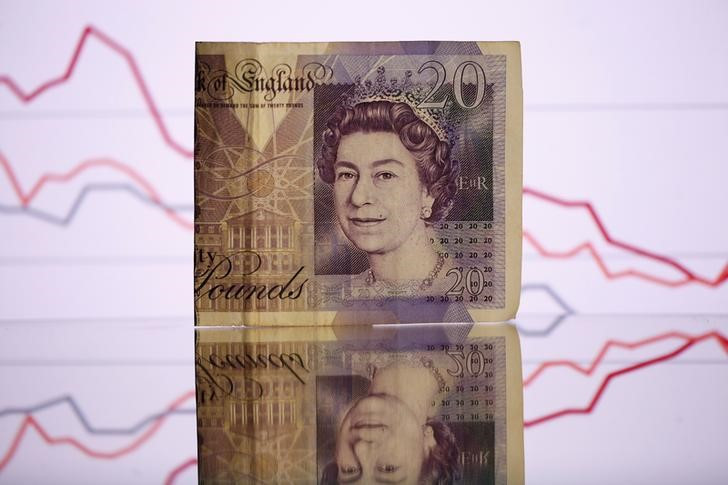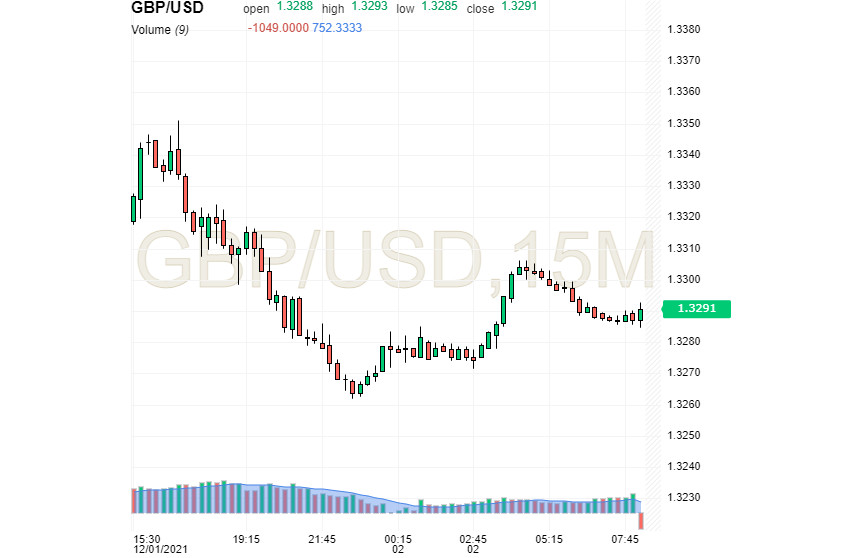
The British currency has temporarily gone into the shadow of the aggressive US dollar and the volatile euro. At the same time, the pound is trying to assert itself, while resisting pressure from the new mutation of the Omicron coronavirus.
Before Omicron's appearance on the scene, the key drivers of the global market were traders' expectations about the early curtailment of incentives and a rise in rates. These sentiments have now intensified as the new strain has made its own adjustments. Jerome Powell, chairman of the Fed, announced his readiness to accelerate these processes amid off-scale inflation and general instability. He believes that the new COVID-19 mutation provokes prolonged inflationary pressure.
Earlier, the Fed's head agreed that the strongest growth in consumer prices was recorded in the United States, which could push the national economy into the pit of stagflation. Against the background of extremely high inflation in the US, the yield spread between ten-year and two-year Treasury bonds has sharply declined. This indicator turned out to be at a minimum over the past 10 months, which indicates a further downward trend in the GBP/USD pair.
In the current situation, the British currency is experiencing serious overloads. Some restlessness of the pound, bordering on confusion, destabilizes the market. According to analysts, it risks becoming a hostage of Omicron. Despite the current difficulties, the pound is trying to cope with the situation.
The danger of a new strain of coronavirus for the British economy was noted by one of the representatives of the Bank of England. According to the official, Omicron has called into question the further growth of consumer confidence in the country. Economists fear that the new COVID-19 mutation will provoke a drop in demand for consumer services and logistics problems. At the same time, experts believe that Omicron should not affect the Bank of England's plans for a possible tightening of the PEPP.
On Wednesday, global markets and risky assets remained stable. The British currency added 0.17%, reaching the level of 1.3318. However, the triumph was temporary: the pound remained near a one-year low against the US dollar, and then sharply fell to 1.3195. The reason for this fall was the market's doubts about the Bank of England's early interest rate hike. On Thursday morning, the GBP/USD pair was trading at the level of 1.3291. There is currently no clear trend in the pair, and the support level of 1.3263 restrains the bears' dominance.

Many market participants are quite optimistic. Investors believe that the new strain of coronavirus will not affect the further recovery of the global economy. The pound is trying to consolidate in this trend and strengthen its current positions. According to UOB Group analysts, the pound may decline to 1.3260 in the coming weeks, although this scenario is unlikely.
"A further drawdown of the GBP is possible, but a strong support level near 1.3195 will be a tough nut to crack," the UOB Group believes. According to analysts, the pound is not in danger of serious weakening in the short term.





















